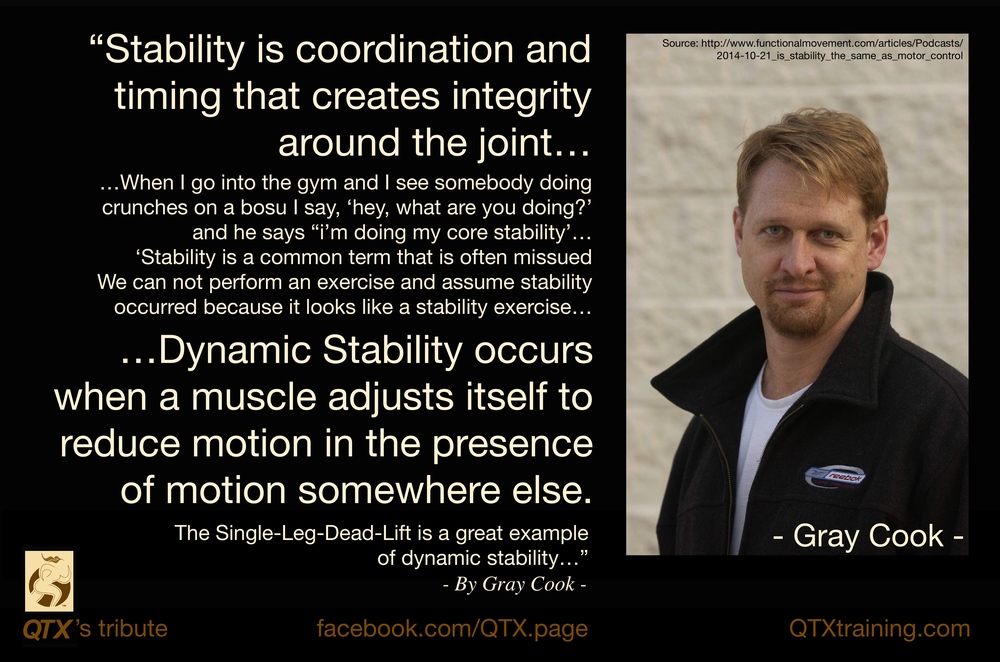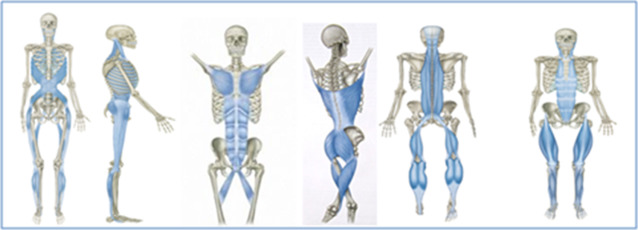Next Generation of Hip Mobility Training
2018-09-18
When I first badly hurt my low back when I was 14 I remember all the time I spent in physical therapy. One of the biggest things they kept wanting to work upon was my lack of hamstring flexibility. I was a pretty classic kid in the fact I hadn’t grown into my body yet. I was lanky, uncoordinated, and physically had quite a bit of all around awkwardness. Thinking back to being told I had bad hamstring flexibility wasn’t shocking, but it would be many years later till I understood how proper mobility training was the real answer.
Like so many people I spent years with stretching like it was ground hog’s day. Since being told as a kid I was “tight” I spent a lot of time stretching, but with little success in actually improving my flexibility. I pretty much chalked it up to me being “defective”, maybe I was just always going to be tight. That is until I learned more about how my body worked and the role mobility training could offer.
Now, what’s the difference between mobility training and flexibility? As far as official definitions, not that much. However, for our discussion I’ll try to separate it as mobility training being more active motions you create where flexibility is more of a passive action where more emphasis is on trying to change the tissues.

Ok, this is a bit extreme, but I feel like many people think this is almost good or necessary!
In the last few years, more and more people have gotten into mobility training over just flexibility. I am not sure if they always know why, so I wanted to explore what real mobility training meant and why it is going to be the predominate way you improve your movement training.
We often forget that the nervous system is responsible for most actions in our body. Therapists have known for a long time that active motions performed by the individual are more effective than passive ones where someone moves your body for you. That is because by actively moving our body, we are making an impact upon the nervous system. How does the nervous system relate to mobility training and our overall movement?
The body cares about ONE thing..survival! It doesn’t care how you look on the beach, your Instagram pics, or whatever. Our bodies just want to survive. That means the nervous system is always about trying to protect our body the best it can. So, when our body doesn’t feel stable/strong, it goes into protection mode. The most obvious way it does so is by reducing our range of motion, especially of our extremities.
That makes sense right? If we don’t have a solid foundation to control our hips and shoulders why would we allow them to move with optimal freedom? This concept is what the therapeutic system of PNF calls “proximal stability for distal mobility”. Meaning the more stability we can gain, the better mobility our nervous system will give our body permission to use.

Why do people have poor stability? Well, it could be a wide array of reasons…..injury, sitting too much, poorly balanced training, heck, even fatigue. After teaching DVRT for almost 15 years I can tell you that pretty much everyone benefits to a good level from better stability work. I’ve seen even Cirque Du Soleil performers gain more mobility after training stability and that wasn’t even our goal!
These concepts are getting a bit more mainstream, but sadly it isn’t changing how we are performing mobility training. How do I mean? Well, here are some issues in how people go about training to use mobility training but get a bit lost.
They Isolate
There is great irony in this simple idea. We know functional strength training involves integration of the entire body. That is because the body is not really made up of individual muscles as much as numerous chains of muscles. So, when we strength training we want to integrate these chains so we see rapid improvements in our strength and movement. Yet, when it comes to mobility training, people want to constantly isolate. That’s kinda weird no?

Especially because the first place we can create stability to enhance our mobility is in our core. This doesn’t just mean your abs, but utilizing muscle like your glutes and lats as well. You feel more of your core when you push your feet into the ground, so why would we NOT use your feet as an integral part of creating stability to enhance mobility? We know the lats are closely connected to the core so why wouldn’t we strategically use our hands to engage the lats and core more to develop greater stability? Obviously these are rhetorical questions and the answer is we should!
Stop Laying Down
Fitness expert, Alwyn Cosgrove, has used the great line that many of the “performances” that people make on social media are more demonstrations of strength than they are means in which to improve strength. Yea, a bit of a brain teaser at first, but then makes a lot of sense. Mobility training is not too different. Much of what we see online is more of a demonstration of mobility than it is building mobility.

A great example is when people lie on their stomachs to work on their shoulder mobility. This simply makes no sense when you think about how the body functions. For one, we just discussed how the core is the “platform” for the hips and shoulders, so removing the core from mobility training doesn’t seem to be productive.
We also know from our strength training that our feet and hands play a big role in giving stability to the shoulders so that we can be stronger, so why would we not again try to use both of these concepts in our mobility training of the shoulders? Good ideas of movement shouldn’t be limited to just the use of strength, stability, or even mobility, they all work together!
So, What Mobility Training SHOULD You Do?
I’m not one to sit here and tell you “this is wrong and that is wrong” without giving you a better solution. What I wanted to share was some great mobility training ideas by DVRT Master, Sean Lettero, that shows how we use good functional training concepts to enhance the effectiveness of mobility training.
Sean is using our Ultimate Sandbag to create tension in the body. Whether it is pulling apart the USB itself on the lift/chop, or pulling into his body and part in the front load position, this is simple, but powerful way to gain core stability. Adding in strategic use of bands gives additional feedback and tension to his body. In the half kneeling lift and chop, yes, we are getting some distraction, but just as importantly the band is forcing Sean to drive his feet hard into the ground!
On the shinbox get-up, Sean uses the band with some thoracic rotation to force stability in the lower part of his spine while trying to build mobility in the upper part. In other words, teaching the body to work how we are naturally designed.
The idea of tension to help mobility training is growing, but what people often miss is how tension ALONG with LOAD of the Ultimate Sandbag gives us an even better result. I don’t know about you, but I’d rather spend my time doing the BEST things possible, not the “alirght” things. The difference is our ability to get good results versus extraordinary ones!
This week you can not only save 25% on our Ultimate Sandbags/water bags, but when you do you will also get our 12 week DVRT jump start program to help you maximize your training. Just use code “save25” HERE
© 2025 Ultimate Sandbag Training. Site by Jennifer Web Design.







